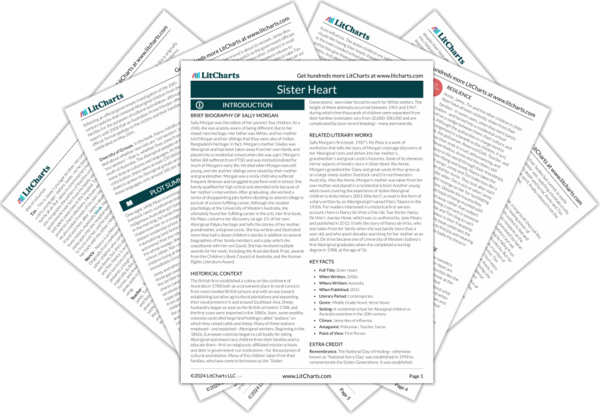The hollowness of some of Revered Dale’s beliefs comes into focus during the storm. Although he’s been telling Annie Bible stories about God’s saving grace for people like Daniel and Jonah, he fears for himself. As soon as the danger has passed, he’s back to his theology lessons, however. The rainbow promises Noah safety and prosperity in the Bible story. Annie, meanwhile, wishes it promised her a way to get home. But the sign is ambiguous: although it offers her a moment of hope and beauty on a bleak voyage, it can’t lead her home.
